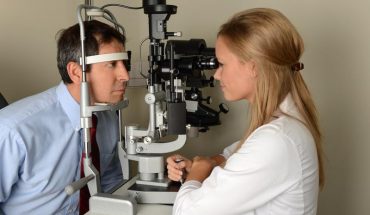If you have ever been in a car accident, you are well familiar with the pain and inconvenience of insurance claims and rental car costs. Worst of all, if you suffer injuries, you can become sidelined for weeks or even months. In fact, over 3 million people per year suffer injuries related to car accidents. While each circumstance surrounding a car accident is individual, the injuries resulting from these mishaps often follow a typical pattern. Just what are some of the most common car accident injuries, and what causes them?
Broken Bones
Driving a car generates kinetic energy, which is energy produced to put you in motion. If you wish to stop the vehicle, you disperse that kinetic power by applying the brakes. The energy then dissipates as heat into the brakes of your car.
However, this energy dispersion is not possible in a collision. Today, vehicles are designed to soak up as much kinetic energy as possible into the framework of the car itself instead of your body. Unfortunately, in high-speed collisions, absorbing some of the energy into your body is unavoidable. To start with, based on the force of the crash, you can very likely anticipate a broken collarbone. On top of that, if you’re wearing your seatbelt, in a frontal collision, you will likely fracture your right collarbone if you are driving. If you’re a passenger, you will break your left collarbone. If the impact is at an even higher speed, you will more than likely break some ribs. The stronger the impact, the more ribs you will break.
Whiplash
Isaac Newton’s First Law of Motion (also known as the law of inertia) states, “A body at rest will remain at rest, and a body in motion will remain in motion unless it is acted upon by an external force.” In other words, objects cannot start, stop or switch their direction on their own. It takes an external force to initiate such an action, and the results are not always pretty. One example where you can see this law in effect is a whiplash injury from a car accident. The law of inertia often causes whiplash—most frequently during rear-end collisions.
Whiplash is most widely triggered by a motor vehicle mishap in which the person is in a car that is stopped and is hit by a moving automobile from behind. It is frequently presumed the rear-end blow causes the head and neck to be pushed into a backward state as the seat moves the person’s upper body forward—and the uninhibited head and neck drop backward. The head and neck then bounce back and are pitched into a forward position. Symptoms of whiplash usually include headaches and neck stiffness and typically improve over a few weeks with special exercises and medication. However, it can also lead to chronic neck and back problems. This underscores the importance of consulting a doctor immediately after experiencing a car accident.
Chest Injury
You can also sustain a severe injury to your chest in an automobile accident. Instant complications can involve internal bleeding in the chest, injury to the inner organs, and injury to your pelvis and abdomen. In these cases, urgent medical care is necessary. Chest trauma often results from seat belts, steering wheels, and deployed airbags constricting the chest after an accident. While such injuries are typically caused as a result of wearing your seatbelt during an accident, it is still much safer to wear one.
Delayed Response
It is imperative to remember that these injuries often take time to manifest symptoms. You may not experience any pain or discomfort immediately after the accident. Nevertheless, you must see a doctor as soon as possible following the incident so that any damage can be addressed in a timely manner. Vehicles and money can be replaced; your health and life cannot.
While newer cars have many safety features that help to mitigate injuries during accidents, any sudden impact can potentially cause bodily harm as described above. Though it might not prevent every injury, it’s important to wear your seatbelt and take other safety precautions to limit the injuries you could receive in a car accident.
Here’s another article you might enjoy reading: 5 Sources of Omegas You Need to Introduce to Your Diet




